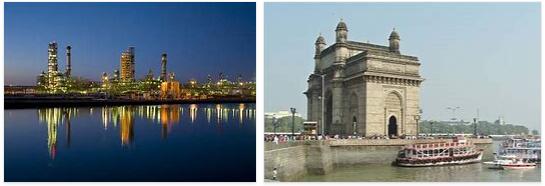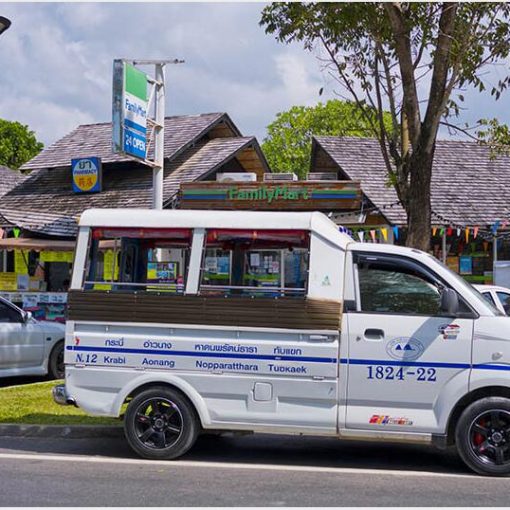Hygiene
Hotels and larger restaurants are of a modern / western standard. Out in the city, you can count on going to so-called pedal toilets, and that there is a lack of toilet paper. The standard of public toilets or of rural toilets can be relatively primitive. Bring your own toilet paper, wet wipes and preferably hand disinfection (available at Swedish pharmacies, for example), so you will not be as dependent on access to water. In addition, the use of hand sanitizer reduces the risk of stomach problems. You should not drink tap water, but instead buy bottled drinking water.
Customs and traditions
The locals in India are a very friendly and hospitable people who welcome tourists with a big smile. Although Indians are generally accustomed to many tourists, visitors are expected to respect the country’s shrines and customs with reverence and proper manners as well as clothing choices.
As everywhere in Asia, certain golden rules apply to visits to temples and mosques. You take off your shoes before entering a temple, a mosque or a private home. Also remember not to enter shrines or sit close to other people barefoot. It is considered bad behavior to point to statues of God and people. Short shorts and sleeveless t-shirts are considered immoral – this is especially true for women. If you want to visit temples or other shrines, you should absolutely (in some cases it is a requirement) make sure that the clothes cover the shoulders and knees so that you do not bump into the locals.
At some Muslim shrines, the hair must be hidden. Head scarves are handed out at the entrance.
You always take off your shoes before entering a temple. A pair of socks can come in handy on a cold or hot temple floor. In other places, however, it is barefoot that applies.
When visiting the Taj Mahal, you are only allowed to bring your camera and / or camcorder (fees apply). That’s all! Before the visit, you hand out small water bottles and plastic protection to put on the shoes before you go up on the marble foundation itself.
As a traveler in India, you will experience the country’s poverty up close. Beggars and the disabled are everywhere and it can feel difficult to get so close. Follow the tour guide’s advice and never give money to the children. Visit cellphoneexplorer for South Asia Travel Guide.
Hotel
In big cities like Delhi, Agra and Jaipur, we stay in larger hotels with the most common amenities. In smaller cities in the provinces, we stay in hotels with a lower standard where, for example, there is not always a minibar or hairdryer in the room.
No matter what standard the hotel has, there is always a bath and toilet in the room, but the availability of hot water can be limited in time. On some trips we use 2-star hotels, which despite the simple standard are very charming and nice. A 5-star hotel is a luxury hotel with many facilities and high comfort.
A list of all hotels is sent out together with the departure letter 7 days before departure.
Meals
Breakfast
Breakfast at the hotel is both Indian and continental. It is usually served as a buffet and consists, in addition to the Indian breakfast (which can be quite spicy), of eggs, bread, butter, jam, juice, fresh fruit, coffee and tea.
Lunch / supper
Indian food is famous for its many and often strong spices. “Curry” is the collective name for the most common dinner dishes, which are usually vegetarian or contain meat from goat, lamb or chicken. In India, curries are often very spicy. In contrast to curry, “tandoori” is slightly milder and characterizes food grilled in a clay oven after being marinated in yoghurt and spices. The food in the hotels is tourist-friendly, ie. not as strong as the one the Indians themselves eat.
Currency and credit cards
The currency in India is called the Indian Rupee (INR) and is available in 10, 20, 50, 100, 5,000 and 10,000 banknote denominations. There are also coins of 1, 2 and 5 rupees as well as coins in the paisa subunit (100 paisa = 1 INR).
The information below has so far been valid regarding currency in India, but the current economic situation in India is so uncertain that we can unfortunately not guarantee that it will still apply when you arrive in India.
The cash you bring to India should be in USD. We recommend that you change from USD in India (it is possible in hotels) and bring a credit card.
You are allowed to bring in a maximum of 5000 USD. Excess amounts must be declared.
Indian rupees can only be exchanged for foreign currency upon presentation of a valid receipt from the first official exchange. Therefore, always save the receipt you receive when you switch from USD to INR should you need to switch back again. You can do this at the airport in connection with the departure from India.
Credit cards such as Visa, MasterCard, Diners and American Express can be used as payment cards at most major hotels and some major stores.




